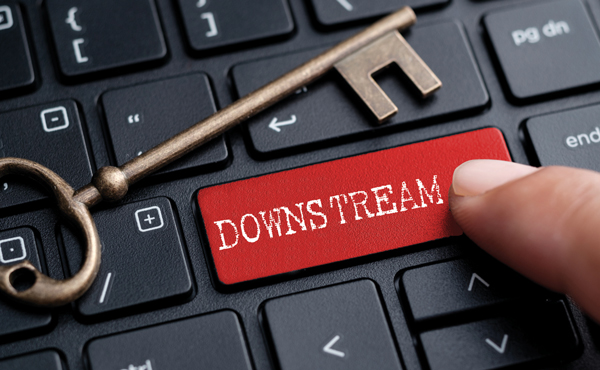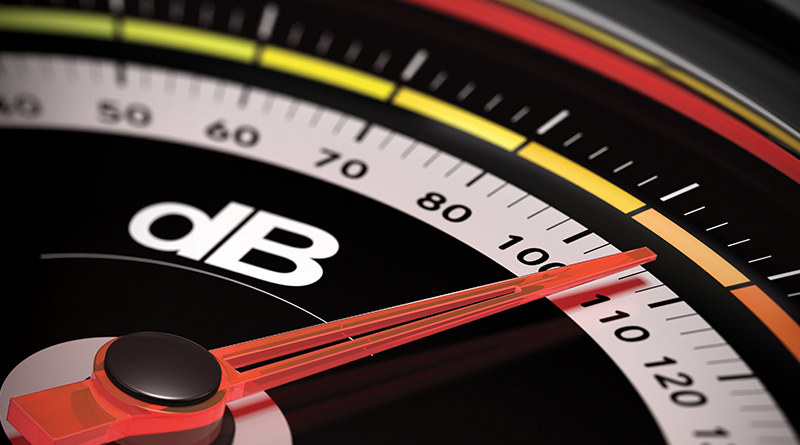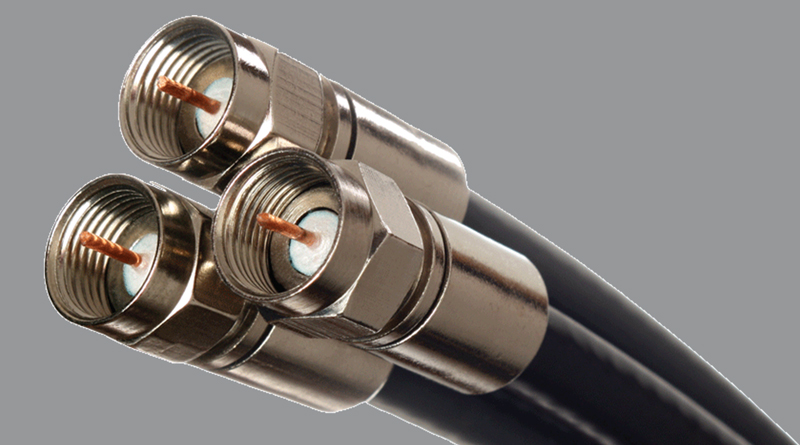Measuring Cable TV Network RF Signal Levels (PART TWO)
By Ron Hranac – In this second installment of a three-part article, the discussion about measurement of downstream RF signal levels continues. Signal Source Output Signal Level Accuracy — The purpose of measuring a signal source’s output RF signal level or power is to confirm that it meets a desired value or perhaps some other specified value such as the manufacturer’s published spec.
Read More


